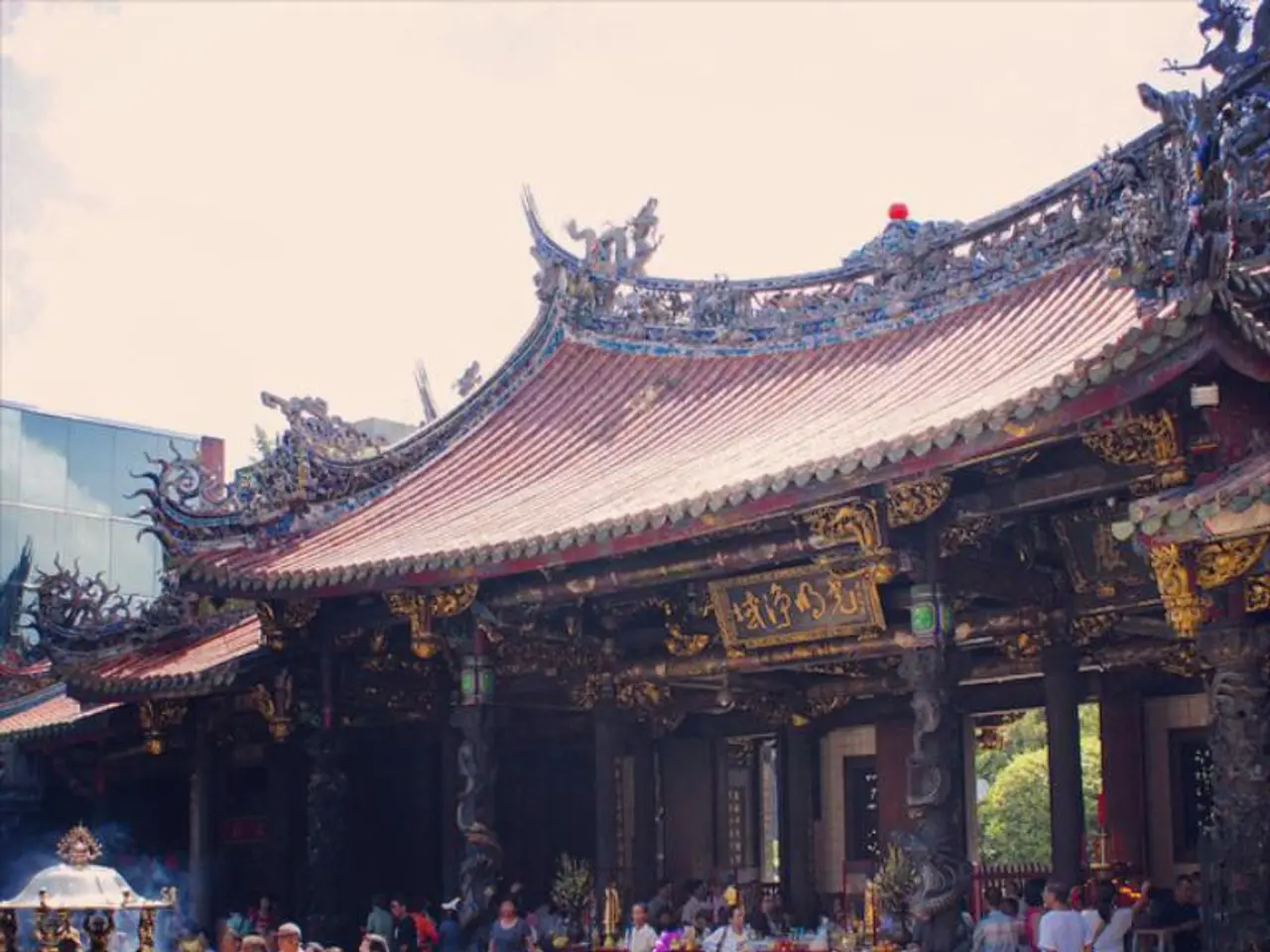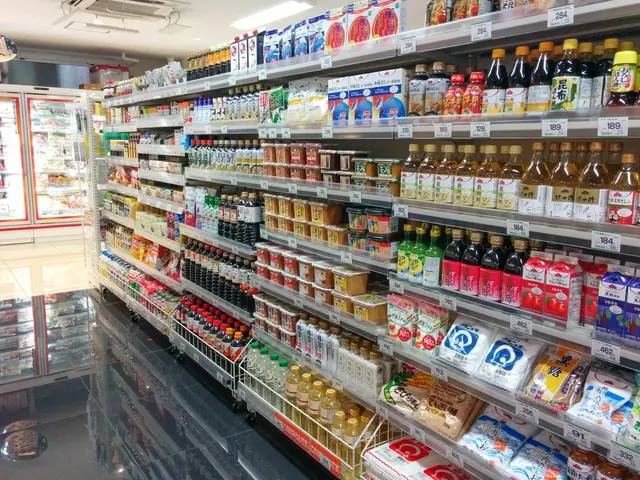Westward Vibrance: Power and Refinement on Tokyo's Western Side, from Shibuya to Meguro
Shibuya, a bustling district in Tokyo, has seen significant changes over the years, reflecting the city's modernization and creative evolution.
Early History and Development
The transformation of Shibuya began during the Meiji Restoration Era (1868-1912), as modernization and Westernization spread throughout Japan. Shibuya Station, opened in 1885 as a stop on the Shinagawa Line, initially served a rural area with few users. However, the electrification of the railways in 1909 and the subsequent transformation into the Yamanote Line propelled Shibuya into a transportation hub.
Cultural and Architectural Landmarks
One of the most iconic landmarks in Shibuya is the Naka-Shibuya Church, which gained fame after appearing in the 1964 film "Black Sun." The church, located in Sakuragaoka-chō, symbolised the complex relationship between tradition and modernity in post-war Japan. Another notable attraction is Shibuya 109, a fashion icon since the 1970s, which represents the area's vibrant fashion culture and has been a defining feature of Shibuya's identity.
More recently, Sakura Stage, a modern architectural complex in Sakuragaoka-chō, has been added to Shibuya's skyline. This building complex, consisting of two buildings connected by a deck, houses offices, commercial stores, residences, and serviced apartments, embodying the area's contemporary development.
Creative Chaos in Cityscape
Shibuya's skyline has been transformed by high-rise complexes like Shibuya Stream, Scramble Square, and Sakura Stage, creating a dynamic and ever-changing urban landscape. Innovative architecture can be seen in buildings like the Shibuya Toyu Building (Kewpie Head Office Building), which combines modern functionality with traditional Japanese character.
Shibuya's vibrant street culture, fashion trends, and entertainment options reflect a dynamic blend of traditional and modern elements, making it a hub for creative expression and cultural fusion.
Modern Concerns
While Shibuya's transformation is largely positive, it's important to note that the area south of Shibuya Station is characterized by old dilapidated buildings decorated with graffiti and stickers. Additionally, a waste incineration plant is located across the tracks and a 15-minute walk from Shibuya's famous scramble crossing. The plant processes about 200 tons of waste per day and has air pollution control measures to reduce emissions.
The areas surrounding Shibuya Station embody Tokyo's ability to evolve while maintaining a unique cultural identity, blending historical landmarks with modern architectural achievements in a testament to Japan's enduring spirit of innovation.
Additional Notable Areas
Elsewhere in the vicinity, Ebisu and Kami-Ōsaki are sought after by upper-class residents for their central location, access to upscale retail and fine dining, and refined atmosphere. Detached homes in Kami-Ōsaki can exceed ¥2 billion in price, and rentals are often handled via off-market private agents.
Yebisu Garden Place, once the site of the Dainippon Beer Brewery, is a stylish urban complex in Tokyo, combining offices, shops, restaurants, a museum, and a scenic plaza. Ebisu Station started as a freight-only station for shipping beer in 1901 and began passenger service in 1906.
Between Ebisu and Meguro, the outer side of the Yamanote Line is a commercial district, while the inner side is a zone of quiet affluence. Four of the Tokyo Toilet Project restrooms, an initiative featuring 17 public toilets designed by famous architects and designers, are located near Ebisu Station.
Tamura Nao, a renowned designer, created one of the public restrooms for the Tokyo Toilet Project. This project showcases the city's commitment to providing functional and aesthetically pleasing public spaces.
In conclusion, the areas surrounding Shibuya Station offer a fascinating blend of history, culture, and modernity, making it an exciting destination for travellers and locals alike.
- The rise of science and technology during Japan's modernization in the Meiji Restoration Era was reflected in the electrification of Shibuya Station's railways in 1909, turning it into a key transportation hub.
- Education and fashion are intertwined in Shibuya 109, a fashion icon since the 1970s, providing a platform for creative expression and fostering trends that connect with various generations.
- Finance and real-estate investment play a crucial role in the development of the areas surrounding Shibuya Station, with high-end properties like those in Kami-Ōsaki commanding millions of yen in both sale and rental prices.
- The environment and the need for responsible waste management are pressing concerns in Shibuya, as demonstrated by the waste incineration plant located near the district, which processes about 200 tons of waste daily with air pollution control measures in place.




